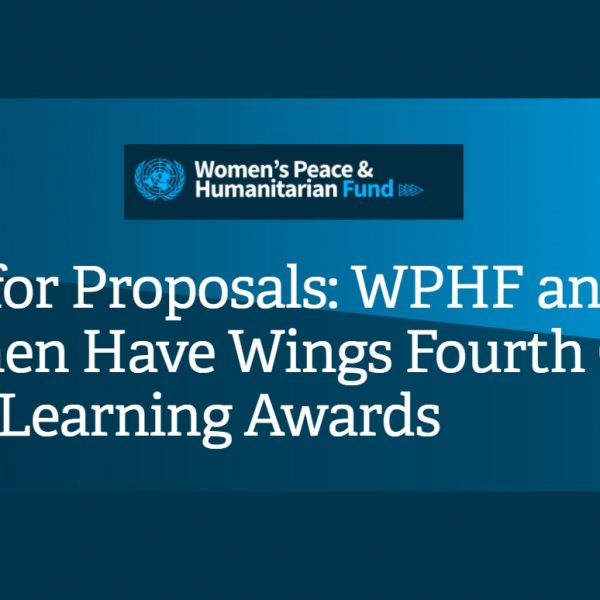How to Apply for a Grant
1. What kind of projects are financed? Who is eligible?
PTF`s mission is to help civil society organizations (CSOs) fight corruption. All bona fide CSOs engaged in fighting corruption are eligible for PTF grants. PTF encourages CSOs to work together and jointly submit requests for financing from PTF.
PTF funding is meant to support well-defined actions aimed at preventing or reducing corruption. Usually this involves interaction with a public authority and is focused on a specific public activity. There will often be a focus on increased transparency as a major tool for reducing corruption.
Examples of past projects financed by PTF include:
a.. Monitoring public sector procurement and privatization (e.g. Philippines: Textbook Count)
b.. Tracking the use of public expenditure
c.. Designing anti-corruption laws (e.g. funding of political parties, freedom of information or conflict of interest legislation) and institutions (Ombudsmen, anti-corruption commissions, etc.)
d.. Protecting whistleblowers
e.. Supporting special anti-corruption media campaigns and investigative journalism
Typically, a project proposal would focus on a particular issue of corruption and include an analysis of these problems, as well as an approach to reform existing systems and processes to lessen the risk of corruption in the future. The outcome sought should be a measurable or at least an identifiable reduction in corruption, often associated with increased transparency.
Long-term sustainability is very important. In PTF`s experience, this can only be achieved if there is support for the project from the public sector entity that is the focus of the project (municipality, government department, etc.). Another important aspect of sustainability is that the proposed project is part of a longer-term strategy of the CSOs. A focus on systemic improvements is important: the aim of the project should not be to catch the wrongdoers, but rather to develop systems and procedures that reduce the risks of future corruption.
PTF will not support projects that do not focus on corruption, or projects that merely involve awareness building or training. PTF wishes to see the applicant CSO directly engage in actions that have a credible chance of actually reducing corruption… not just talking about it or measuring it.
2. The application process
a. Concept Note
To start the process, applicants for grants should submit a brief (max. 3 pages) Concept Note. This note should describe the basic project concept, provide basic information on the applying CSO and a broad estimate of project cost. The Concept Note should specify the problem being addressed, why this is the right time to tackle the problem, and why the CSO is competent to address it.
Normally, the PTF grant will not exceed $35,000 and will often be smaller. In addition to this grant, it is expected that the applicant will provide some counterpart contribution (10-15% of project cost) even if modest to demonstrate commitment to the proposed project.
At this stage of the application process, PTF stands ready to assist the applicant with strengthening or refining the project concept.
b. Detailed Project Proposal
Once PTF accepts the project concept, it will ask the proposing CSO to prepare a detailed project proposal. This proposal may be modified through a review process. PTF recognizes that some CSOs may lack experience in project preparation. Therefore, during the review PTF often mobilizes one of its own volunteers experience in anti-corruption work, to assist the applicant with the design and modalities of the project proposal.
c. Grant Agreement
Once the project is agreed, a draft grant agreement will be prepared by PTF to be signed by authorized representatives of the CSO and PTF. The final project document will be an integral part of the grant agreement. The grant agreement includes the reporting and accounting requirements, and disbursement conditions. PTF normally disburses in three tranches – the first upon signing the grant agreement, the second when some benchmark has been reached, and the third upon completion of the project. The tranches may or may not be of equal size, depending upon the requirements of the project.
d. During Project Implementation
The grantee will be expected to submit periodic progress reports, as specified in the grant agreement. As PTF volunteers are often not in a position to visit a project, the use of pictures in progress reports should be considered. Upon completion of the project, a completion report should be prepared with properly audited accounts of the expenditures made for the project.
In PTF`s experience, the whole process from concept note to completion report should be completed a year. Projects with a longer term horizon may be supported if they can be divided into self-contained phases, each phase being funded separately and subject to the same requirements in terms of identifiable outputs and measurable impacts.
3 Applications should be submitted to:
Pietronella van den Oever
Executive Manager
Partnership for Transparency Fund
email: ptf@partnershipfortransparency.info



Hi, I want to know when is the deadline for the Concept Note?
No deadlines, first come first served